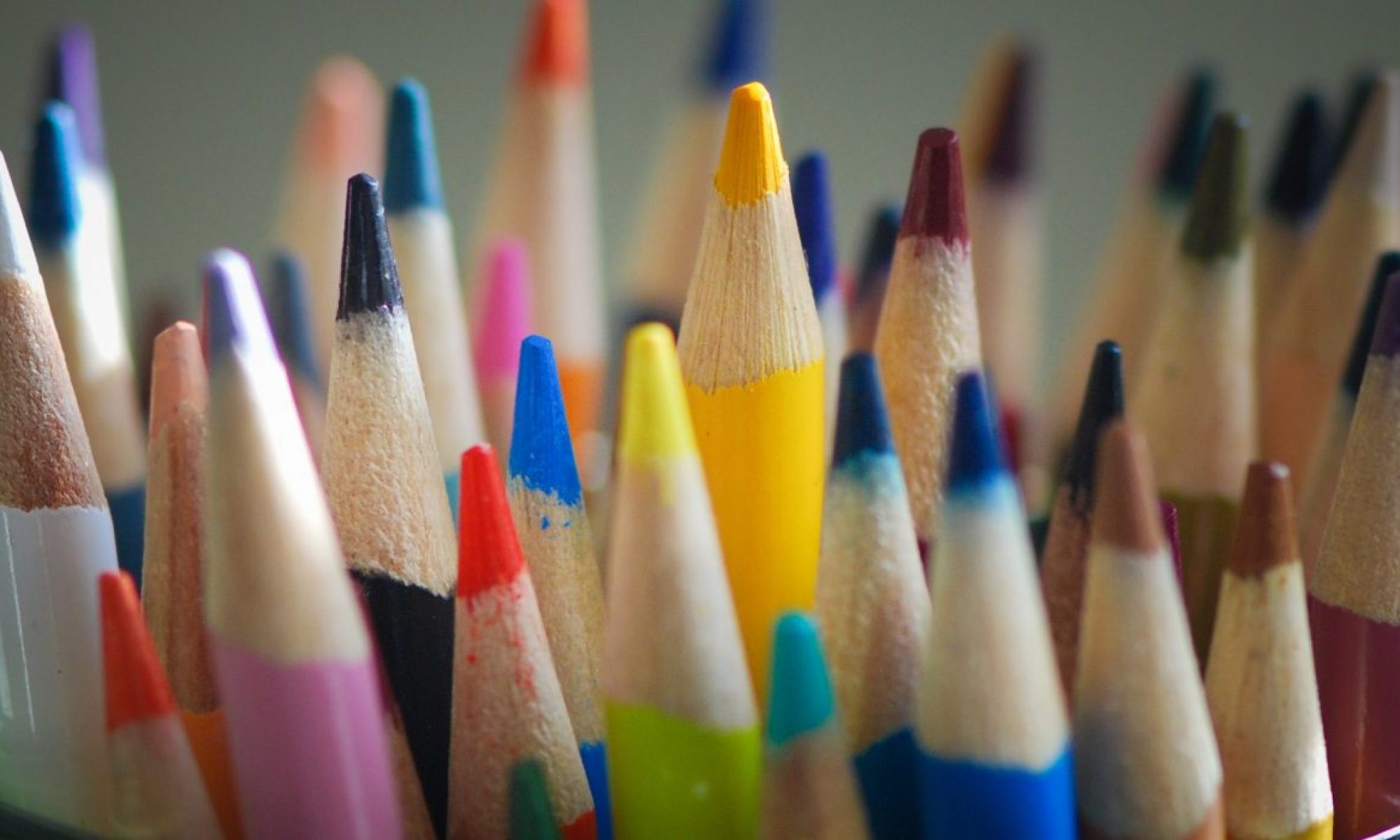
Many look to the principal to be the problem solver.
We can’t agree on how to schedule these students. What should we do?
There’s an issue with the lunch cards in the cafeteria. How should we handle it?
My child is being bothered by another student. Can you help us?
We’ve tried many different instructional approaches with this child, but he’s still not understanding. What can we try next?
Most principals are inherently skilled problem solvers. One of the benefits we have in our role is being able to step outside of the situation and view the varied aspects of the problem before offering input into how it can best be solved. As sometimes uninvolved participants in the conflict, we can remain cool-headed, consider all options, and draw upon our experiences to help craft possible solutions. John Gardner reflects in On Leadership that leaders who work to resolve conflicts use their influences to eliminate irrational demands, and “foster the transition from a cross fire of accusations to a collaborative search for solutions” (p. 105). Leaders look for the underlying causes of the disputes. Is it a lack of communication? Insensitivity to needs? Leaders then work to solve conflict in an environment of open communication and honesty and explore all alternative solutions.
Let’s examine the graphic above, shared from one of my favorite sites, Indexed. (Go to this site after you are finished reading my post. And after you are finished commenting. It’s so smart.) On one hand, the graphic is an accurate representation of how someone from outside of the situation can bring a unique, honest, unfiltered perspective on the conflict. It is sometimes easier for that person to recognize a solution and thus, it becomes less “impossible” to solve. However, personal accountability is huge. The more invested in a situation someone is, the more difficult, ultimately, it is to solve the problem. But truly, can anyone other than the people so deeply involved make the change?
Principals are certainly not the only problem solvers in the school. In fact, some of the best principals will insist that teachers who raise an issue also present possible resolutions to that problem. Last year a team of teacher leaders in our building read John G. Miller’s QBQ: The Question Behind the Question: What to Really Ask Yourself to Eliminate Blame, Complaining and Procrastination. Intense subtitle aside, the guidelines within this text really help you focus on what you can do to alleviate a problem as opposed to look to others to solve the problem for you. When a teacher asks, “How can I improve this situation?” “What can I contribute?” or “How can I make a difference?” he is placing himself in a different frame of mind that will empower him to be an active part of finding the solution to the problem, not just bringing the issue to someone else’s attention.
How do these principles apply to our lives in schools? Reading Brian Crosby’s words about what teachers need from administrators helped me reflect on the fact that most teachers want to be held accountable, want to be involved in the change process, and want to do what it takes to improve their practice and their schools. They don’t want change handed to them- they want to be active participants in the process. Anyone who has ever tried to initiate change in an organization knows that conflict will certainly rear its ugly head at some (and likely, all) points in the process. Problems will need to be solved.
Carry this premise into the classroom as well. Teachers and staff should model for students what effective problem solving looks like – identify the issue, examine the facts, determine the emotional elements involved, brainstorm possible solutions and the consequences of each, agree on some form of action, and continually reflect on that decision to ensure it was right. Students will absolutely need to be adept problem solvers in all capacities in their adult lives, and we need to help them hold themselves accountable for the fact that they do have the power and skills to make the right choices.
Principals are problem solvers, but we cannot, and should not, do it alone. We need the expertise and creative solutions of our faculties, parents, and students to help us. I’d love to learn about the different approaches to problem solving in your schools!
